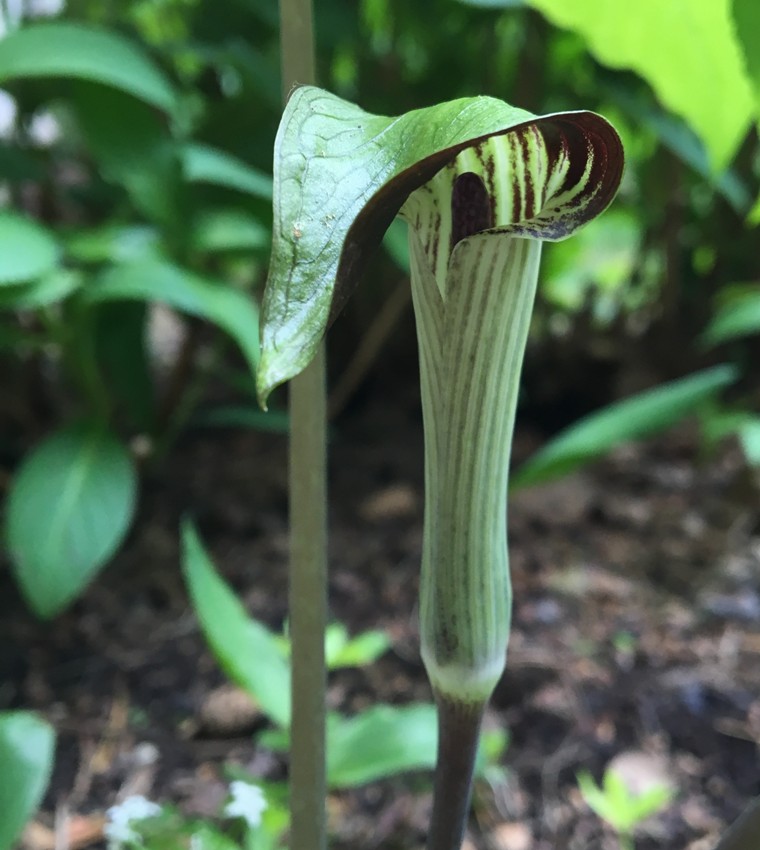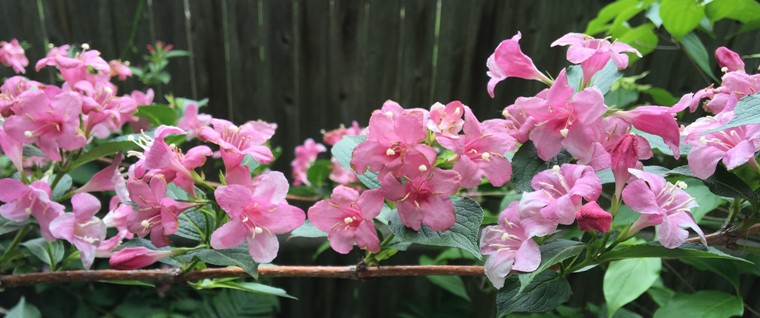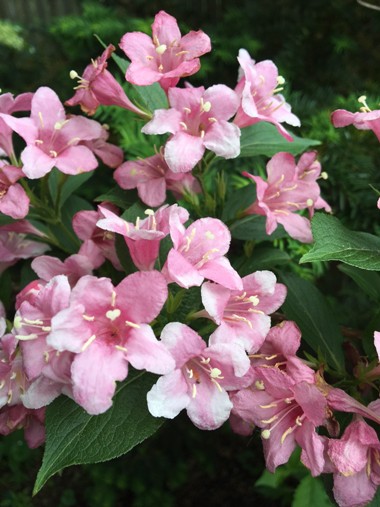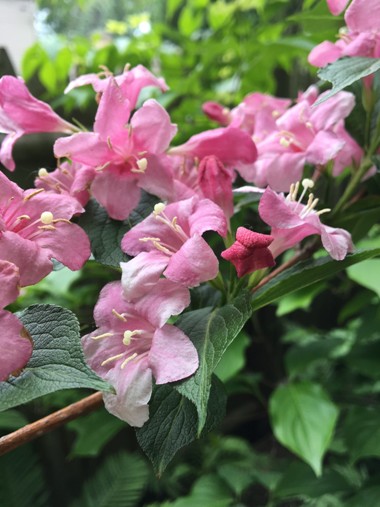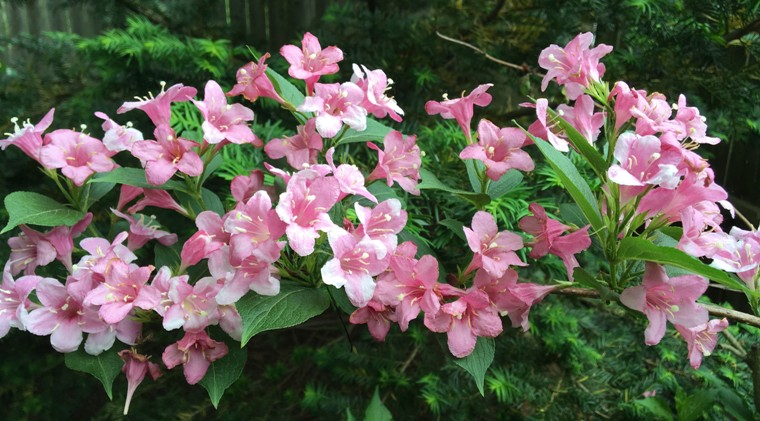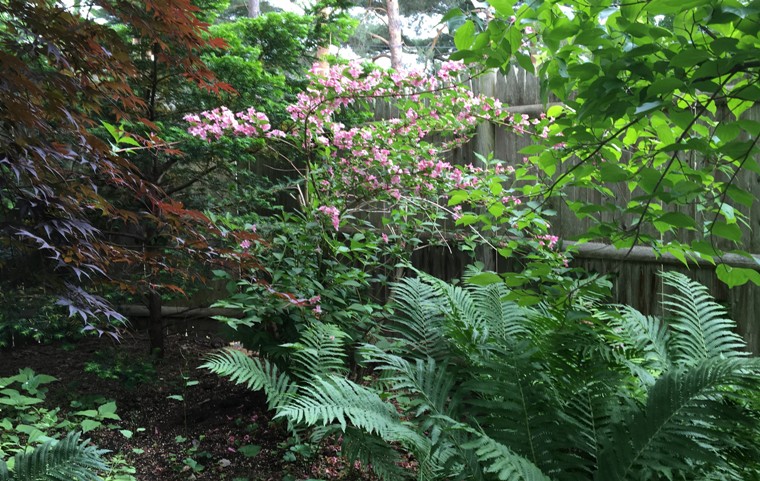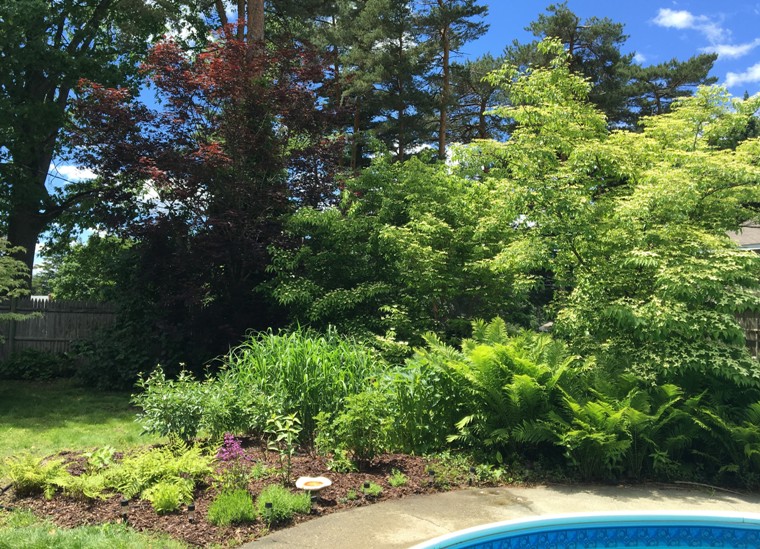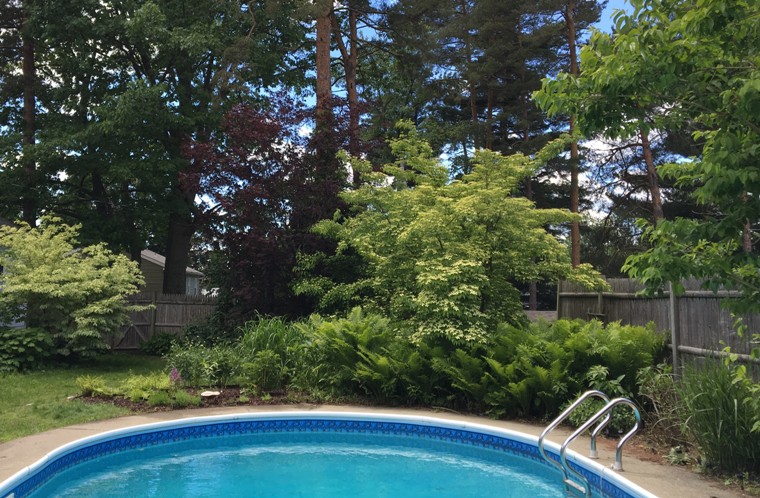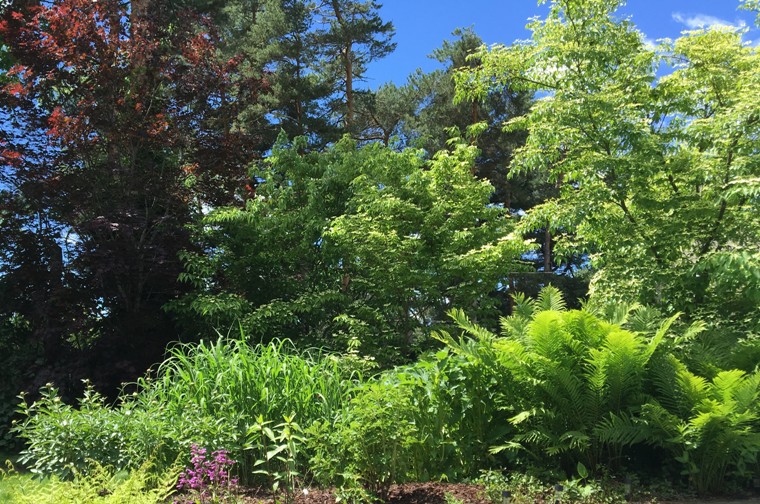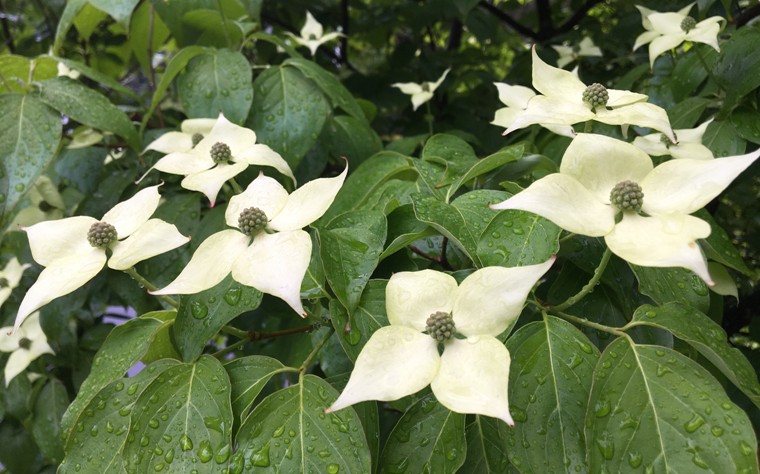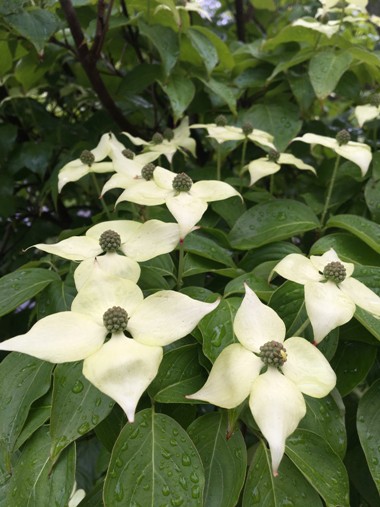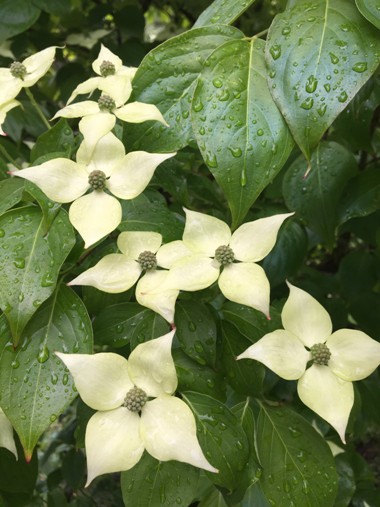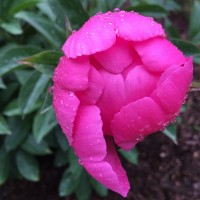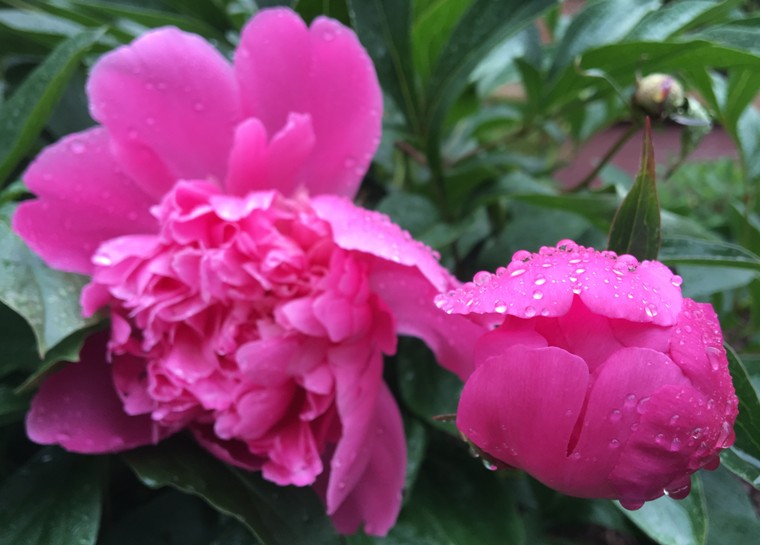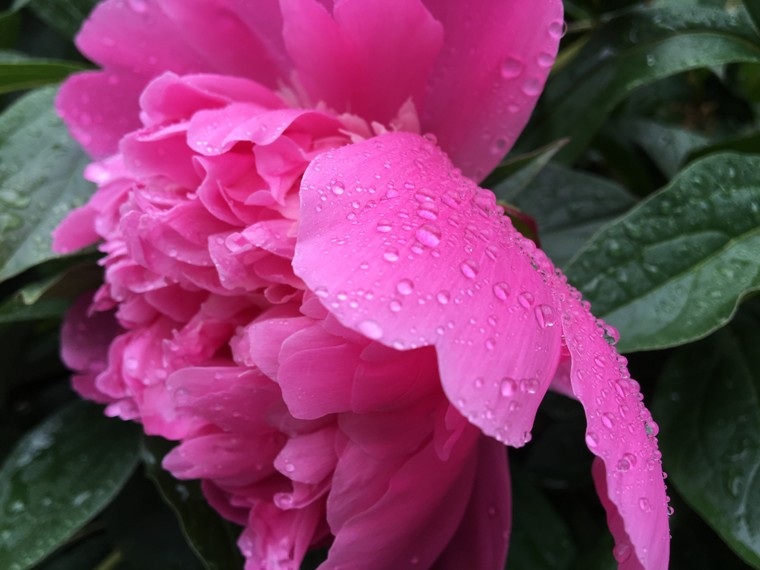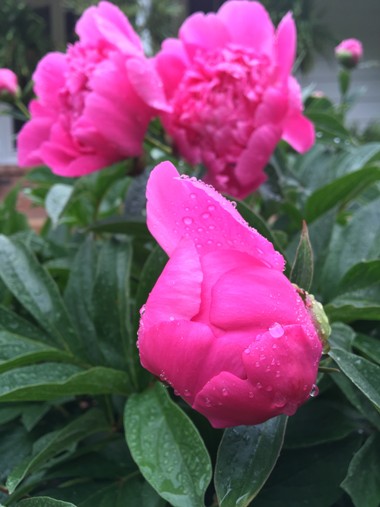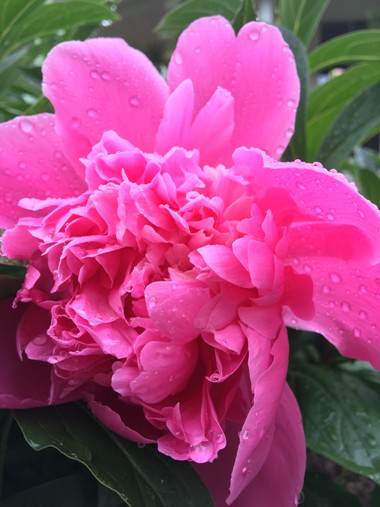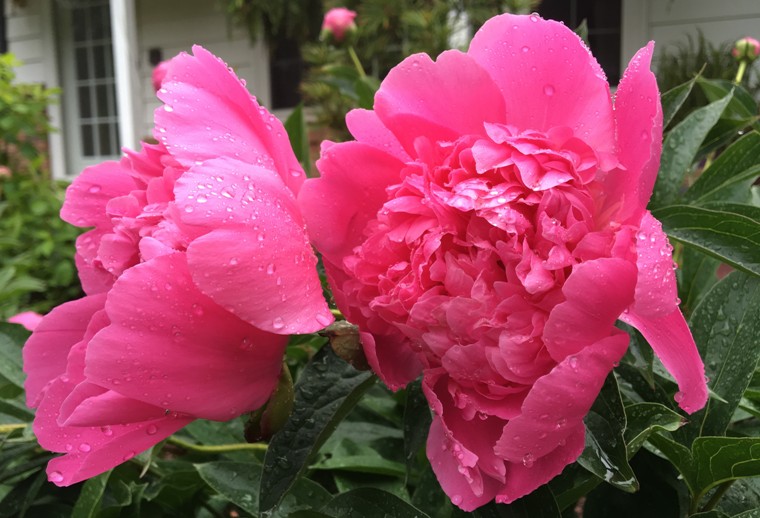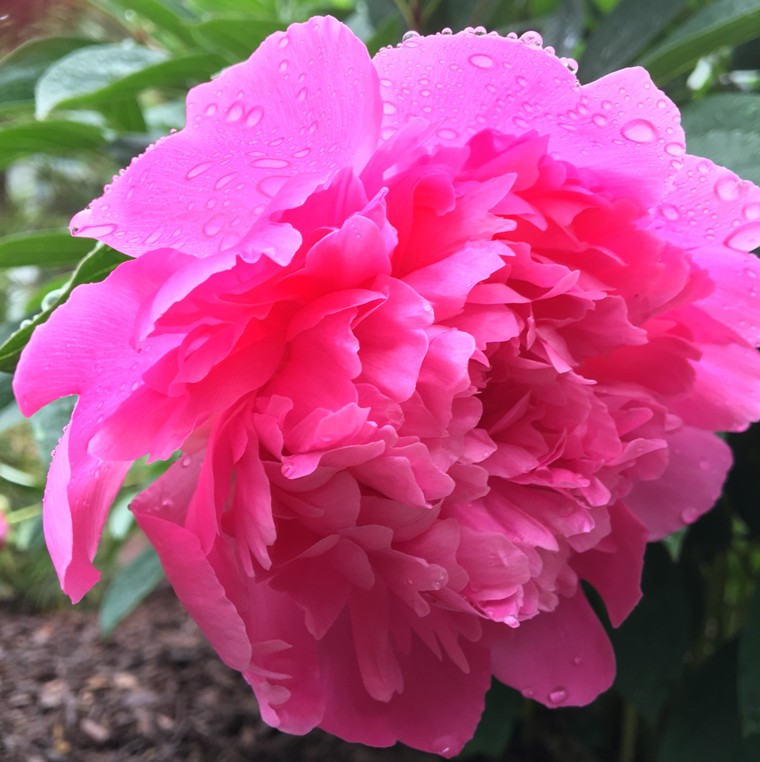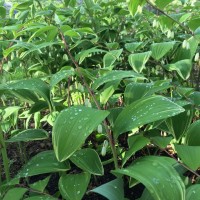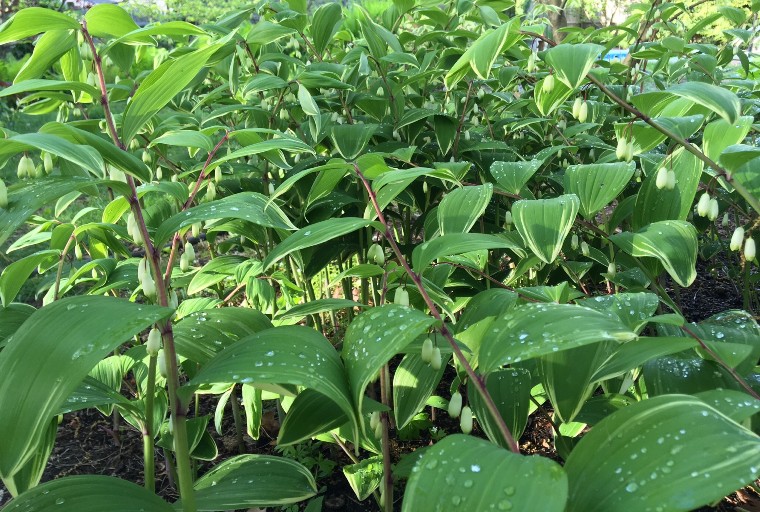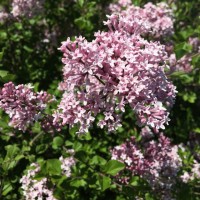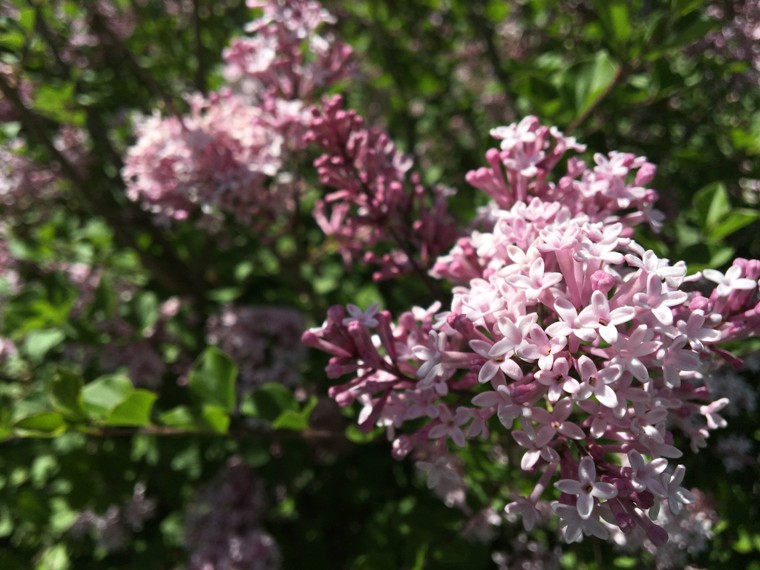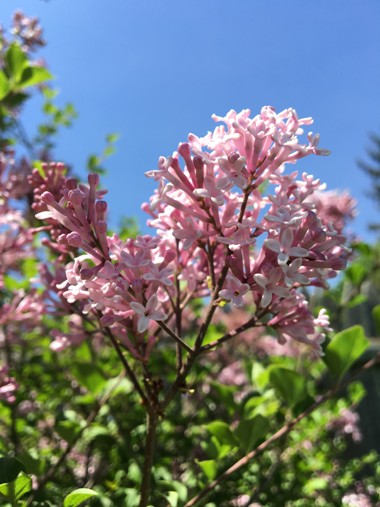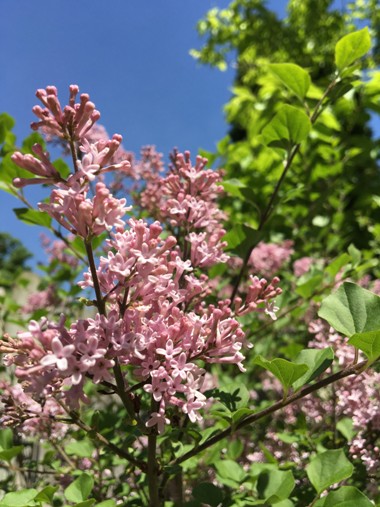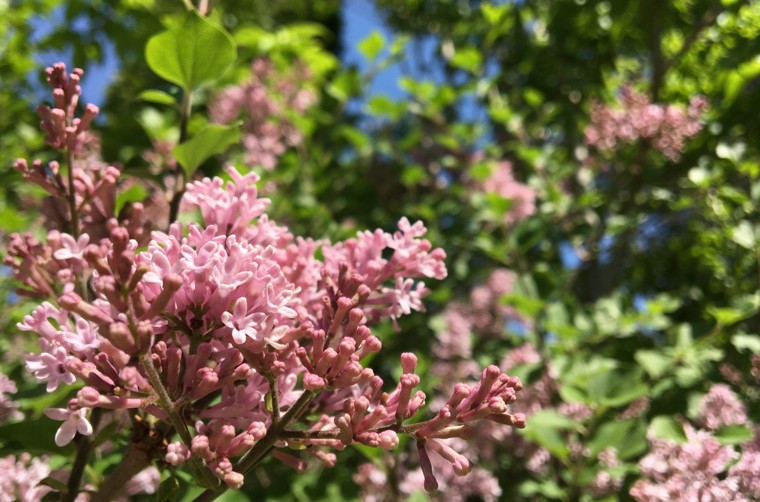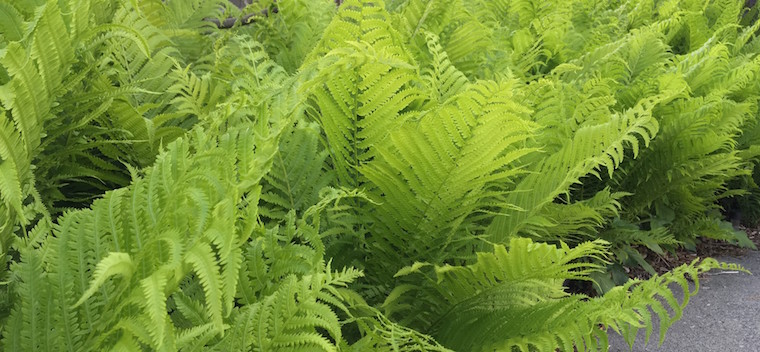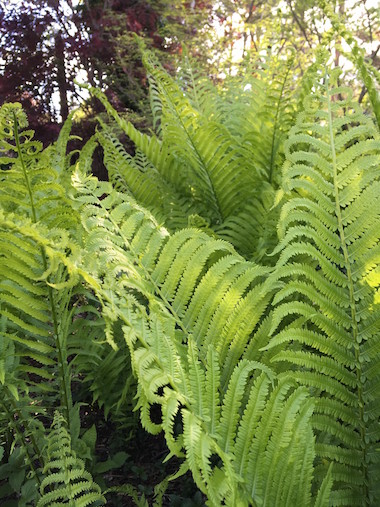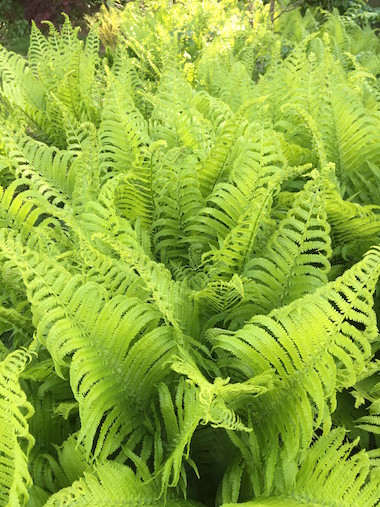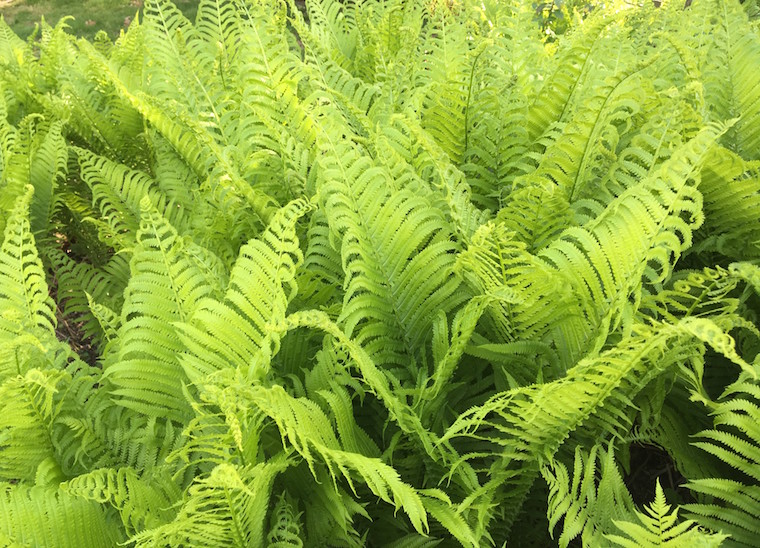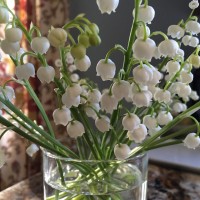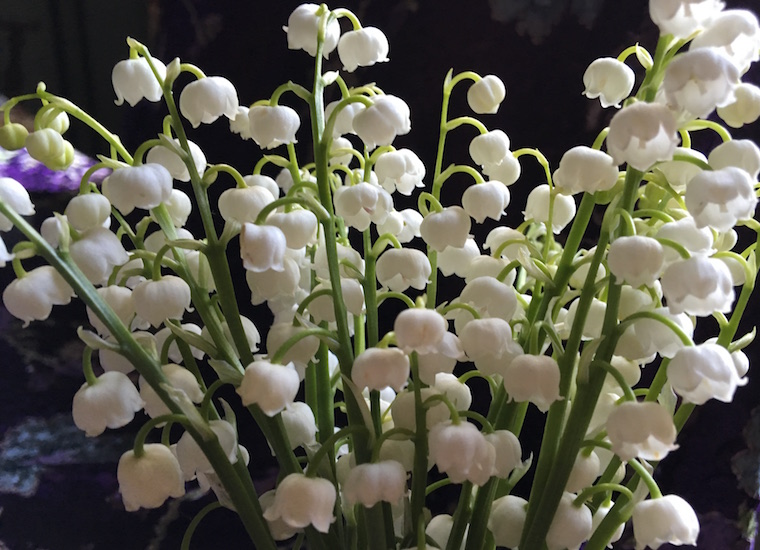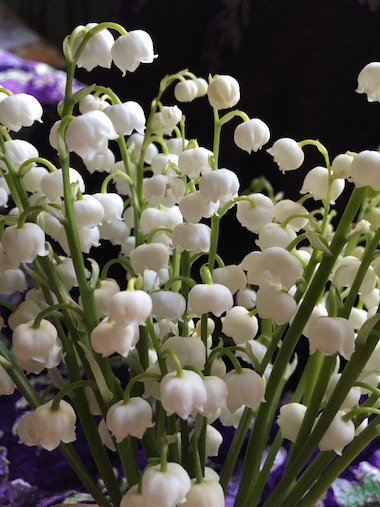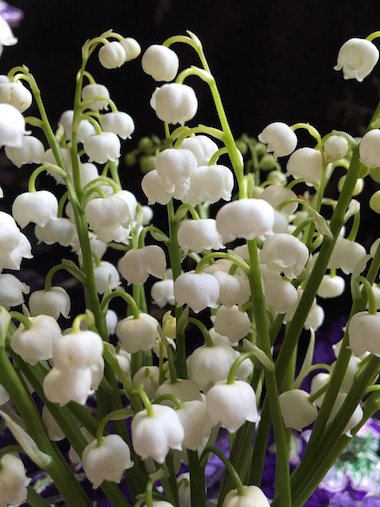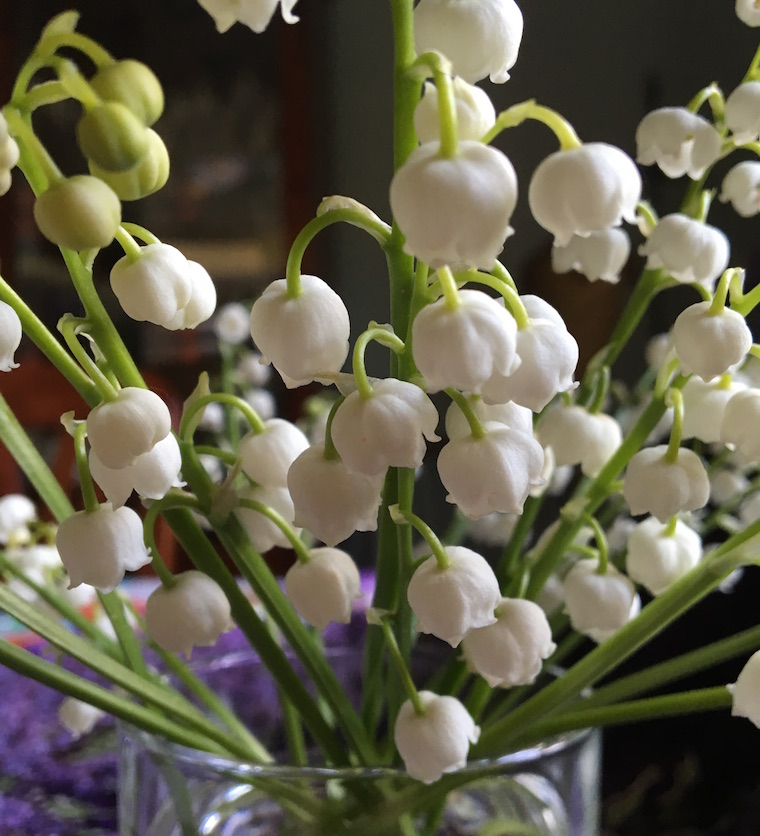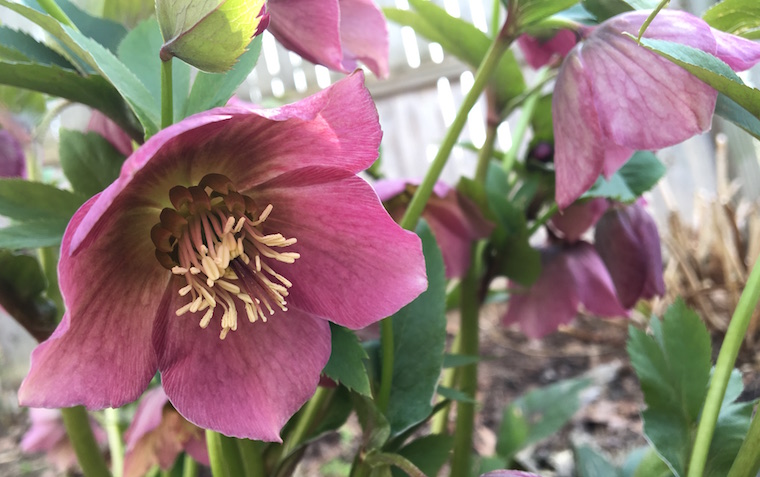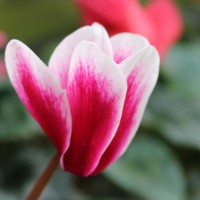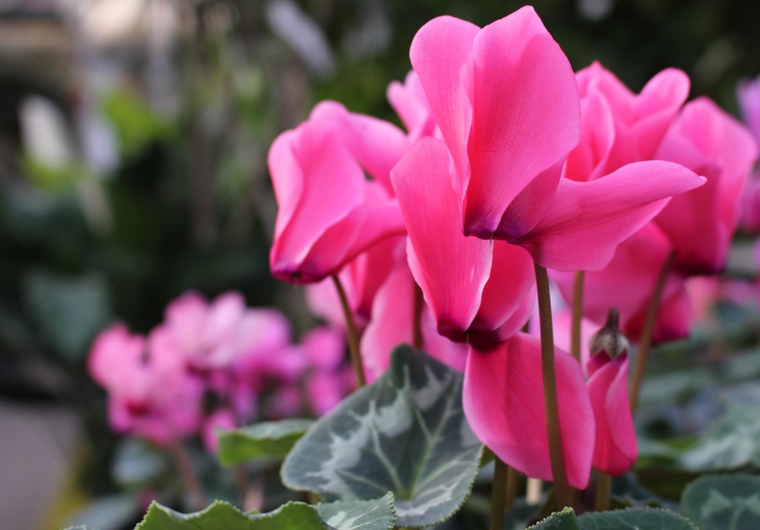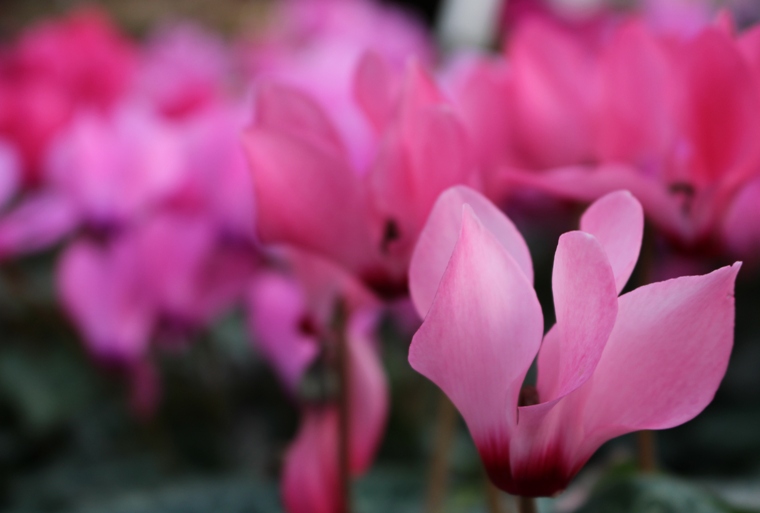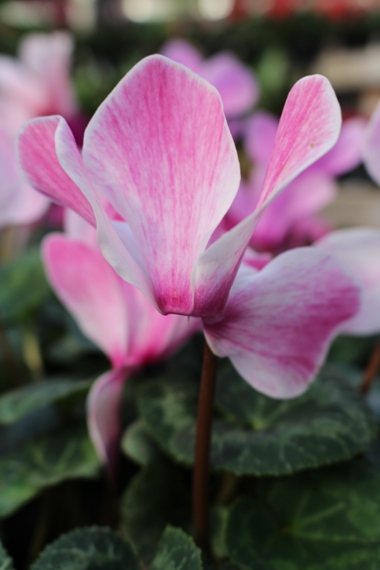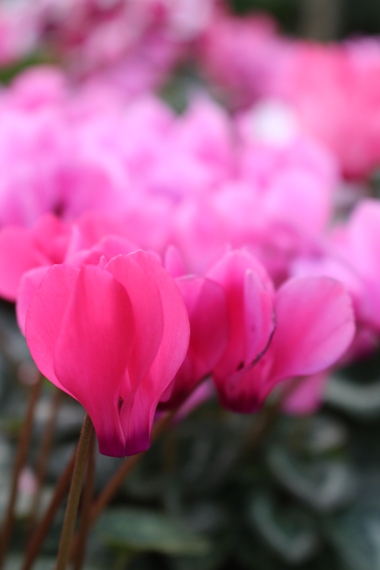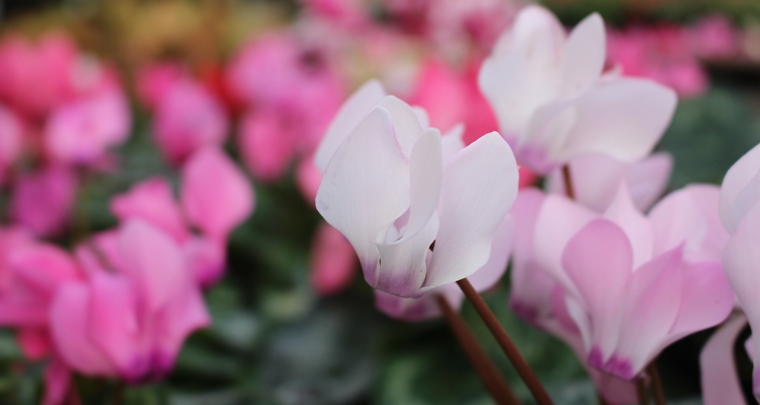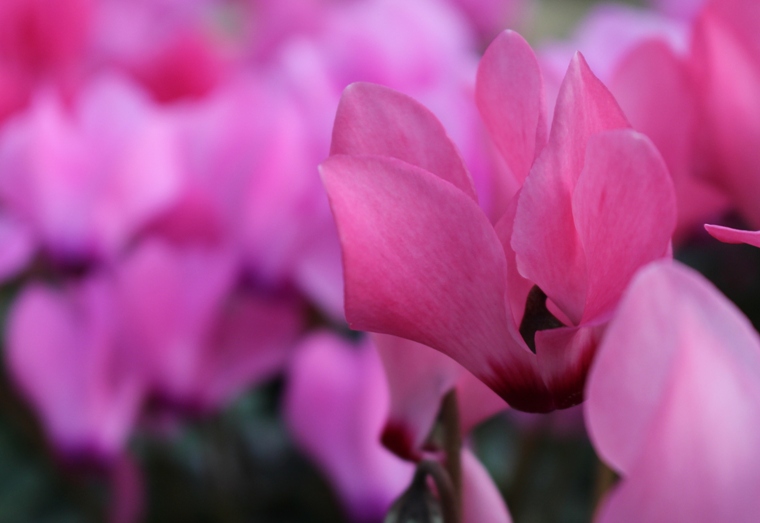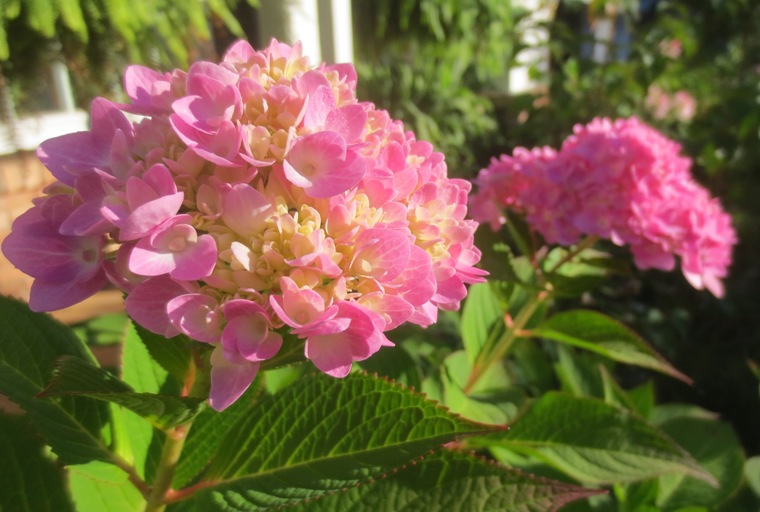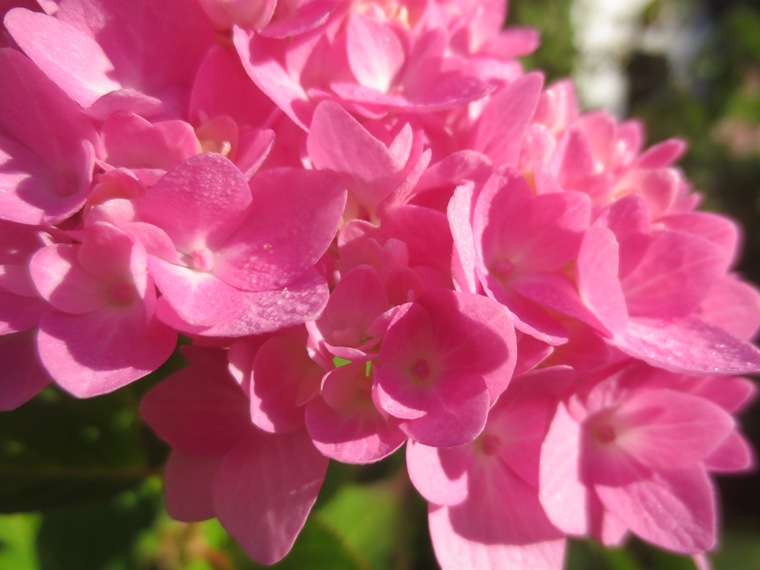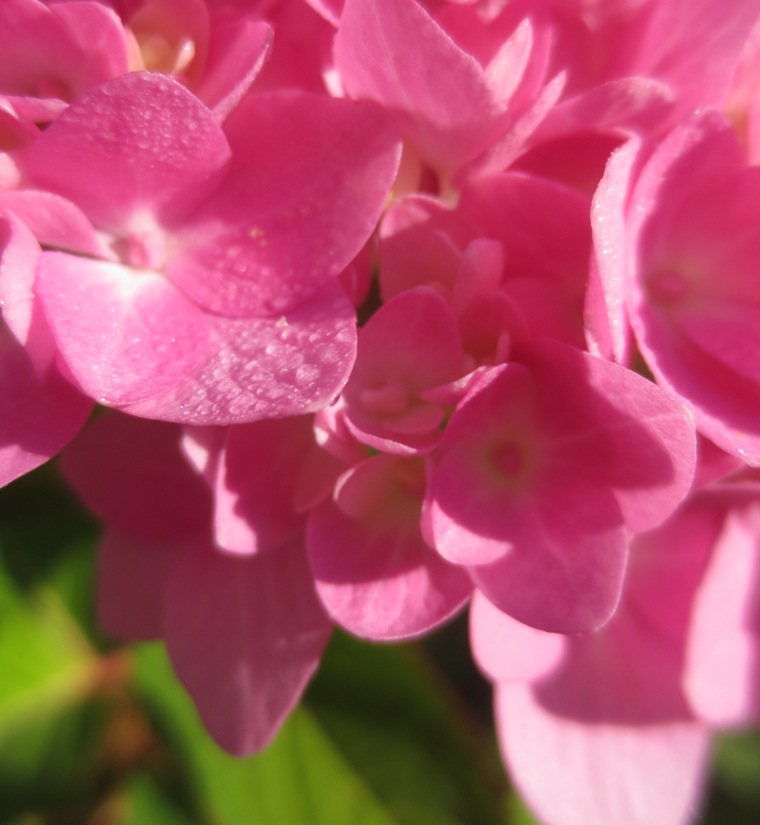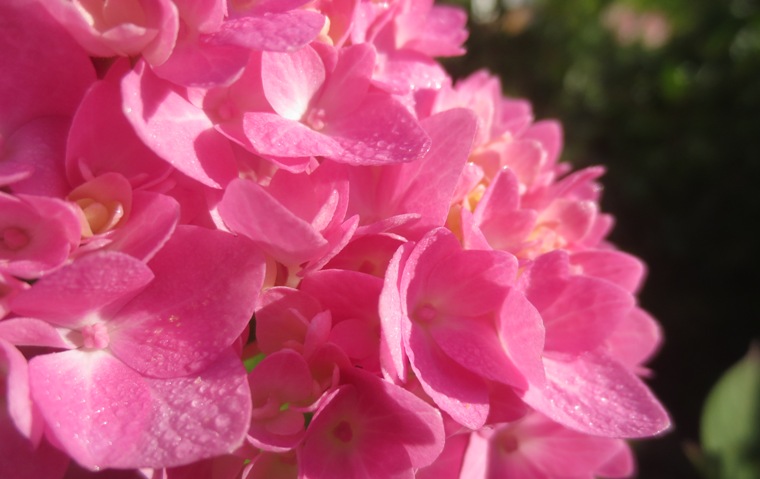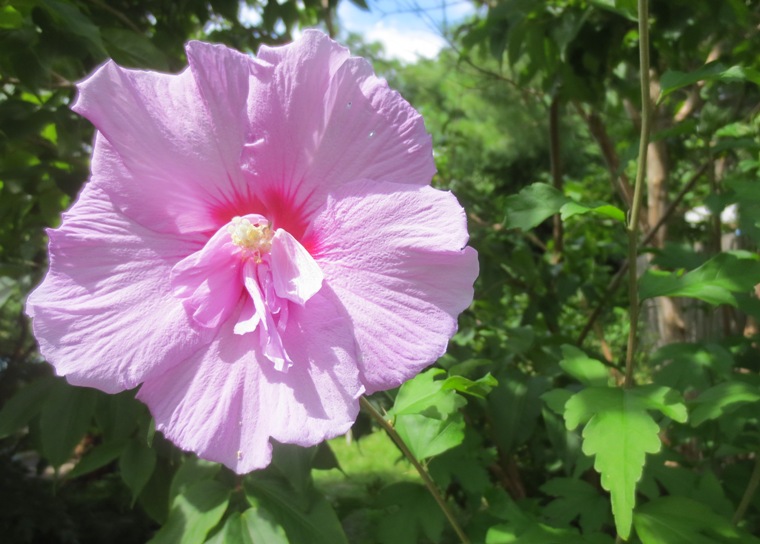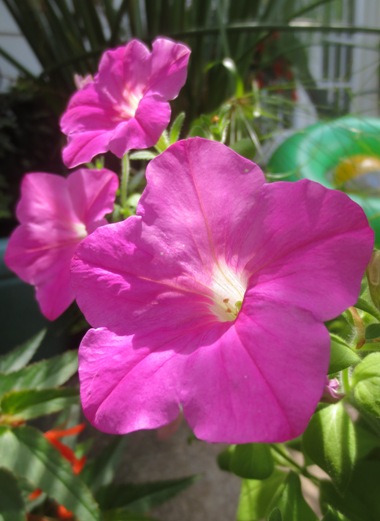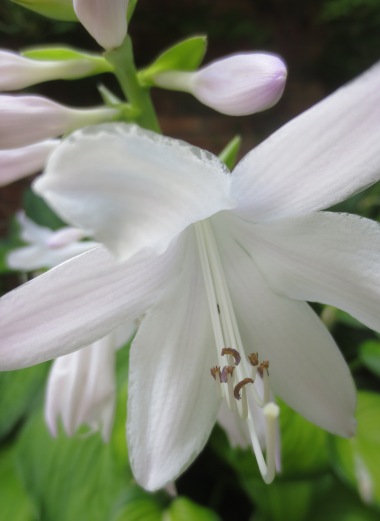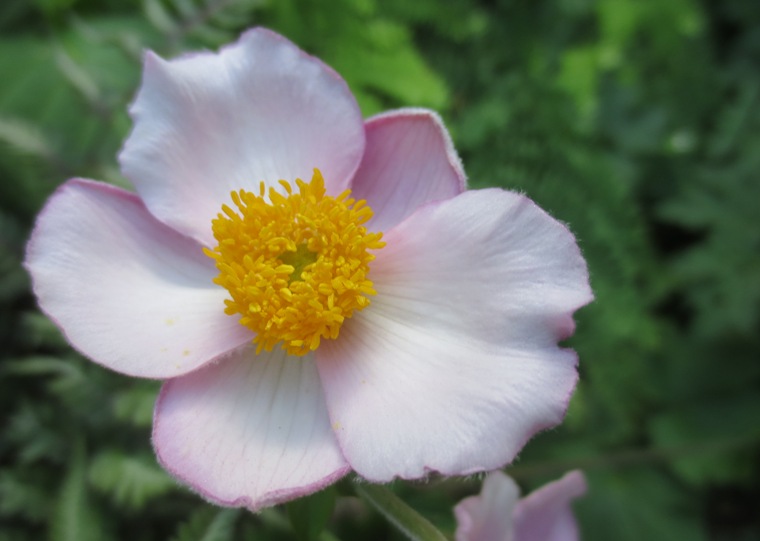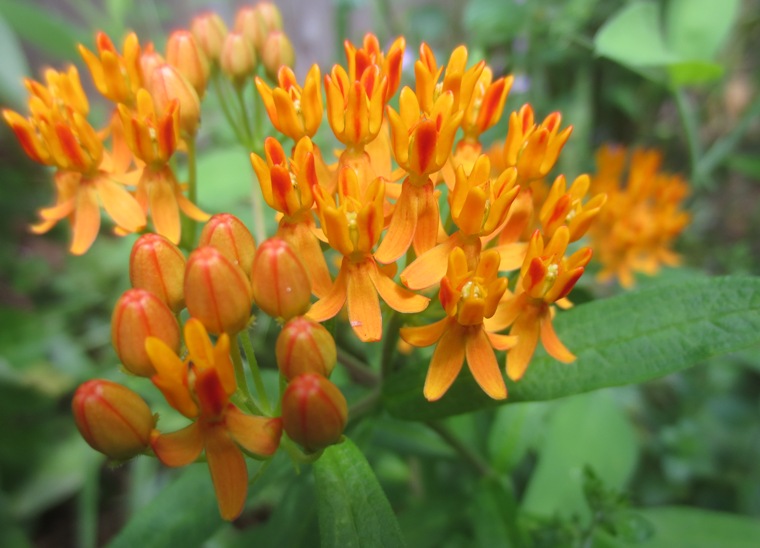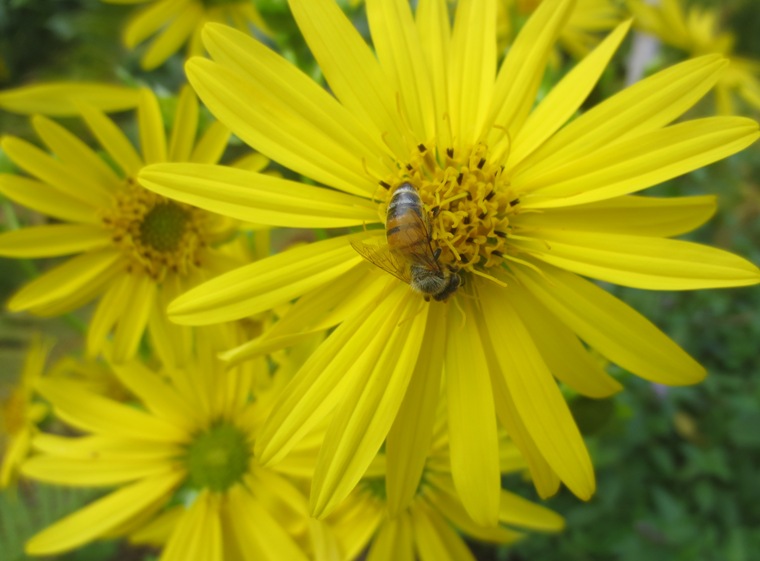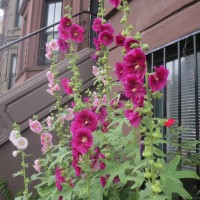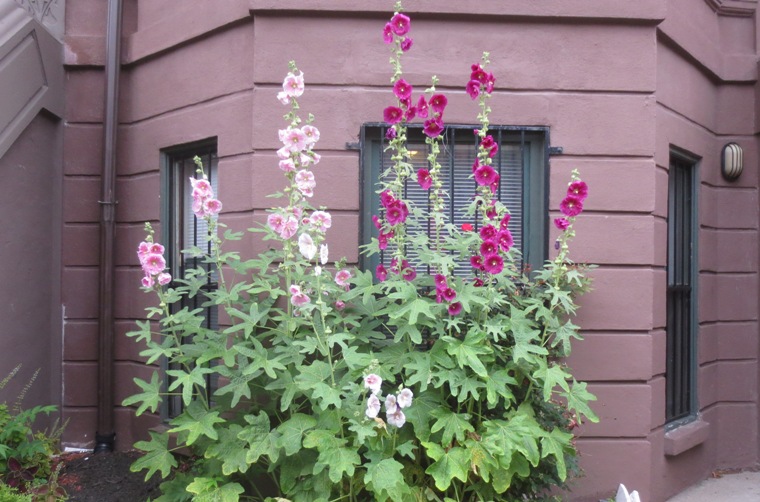Behind the dog cages and past the enormous chestnut tree lurked the hidden delights of the little forest at the edge of Suzie’s house. We rarely played that far out because there were so many other places to explore at that sprawling property, but once in a while I would find myself there, wandering alone, pulled by the sound of a distant stream and covered with a green canopy of trees. After breaking through the brush, I felt relief at the hush that descended. The cars speeding down Locust Avenue felt far away. The noise of the dogs softened too. I walked over the soft ground, padded with fallen leaves and the wetness of late spring.
It was here that I stumbled upon my first jack-in-the-pulpit (Arisaema triphyllum). A small mound of them rose up from the surrounding earth, as if someone had dug them up and dropped them there. It is a magical moment when you first see the spathe acting like some dramatic hood, obscuring the hidden phallic spadix, which rises like a grinning secret. I was spellbound.
As an endangered species however, it was not easy to locate these plants for sale, so for many years I forgot about how wondrous they were, content to keep showier flowers that displayed their wares more openly and unabashedly. Then I stumbled upon a jack-in-the-pulpit in one of those plastic mass-produced packages that nurseries and practically every other store on the planet will offer at this time of the year. They’ve never grown for me – the sorry, desiccated, barely-recognizable bare-root is often difficult to discern from the packing material, and no matter how well one prepared the planting hole, it’s always a crap shoot. Regardless, a specimen of Arisaema triphyllum was too tantalizing not to give the $4.99 a try, so I picked one up, plopped it into the shady corner nook of the garden, and promptly forgot about it. Nothing came of it that year, and when winter comes I forget even the most prominent specimens I’ve planted, so it went from my head.
Last year, it must have sent up foliage, as I vaguely recall seeing the distinctive three-leaved sets, and not bothering them for some reason. This year, the leaves came back, and with them this flower.
Jack had risen, and he was beautiful.


